Lessons from Urban Barefoot Running: Part 2
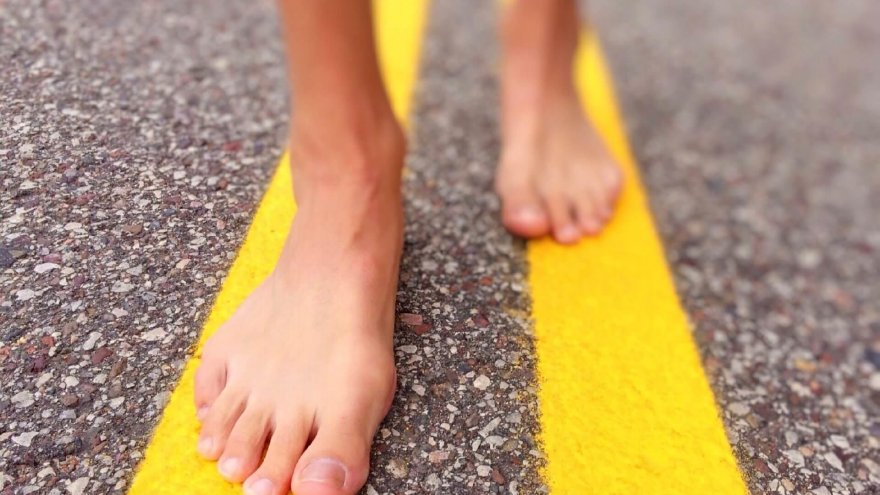
Last time I started talking about some of the things I learned in a summer of urban barefoot running. Now we get down to the nitty gritty (literally the ground beneath your feet and figuratively the practical problems and some solutions). If you’ve considered the pros and cons, here are some tips to help you get started.
Start small.
My body needed time to adjust. A couple of years before starting my barefoot running experiment, I tried taking off my shoes and running a mile on a damp track. That was way too much. I had blisters across the balls of both feet and on the end of every toe.
Prepare to finish some barefoot runs in shoes, or to do some runs of one or two blocks. Even with this vivid lesson in mind when I started my experiement, I still increased mileage a little too fast a couple of times and got some blisters. Hey, blisters happen. Even with shoes. But the setback was frustrating. Almost right away, I started to incorporate a little barefoot running into my other runs, just carrying my shoes for a part of the run. At the first sign of trouble, I just put on my shoes and headed home.
Expect to have some kind of discomfort while you adapt.
I didn’t get through the summer unscathed, but the, um… scathing, was minimal.
I never bled. The only injuries I suffered were blisters and the occasional sore spot from stepping on a rock or acorn. The blisters were the only thing that stopped my barefoot for a few days, but they happen with shoes too. Although they weren’t as bad as that first experience, I had to make sure they didn’t worsen enough to stop me for a long time. I sometimes had to end a run early, put on my shoes, or rest an extra day or two.
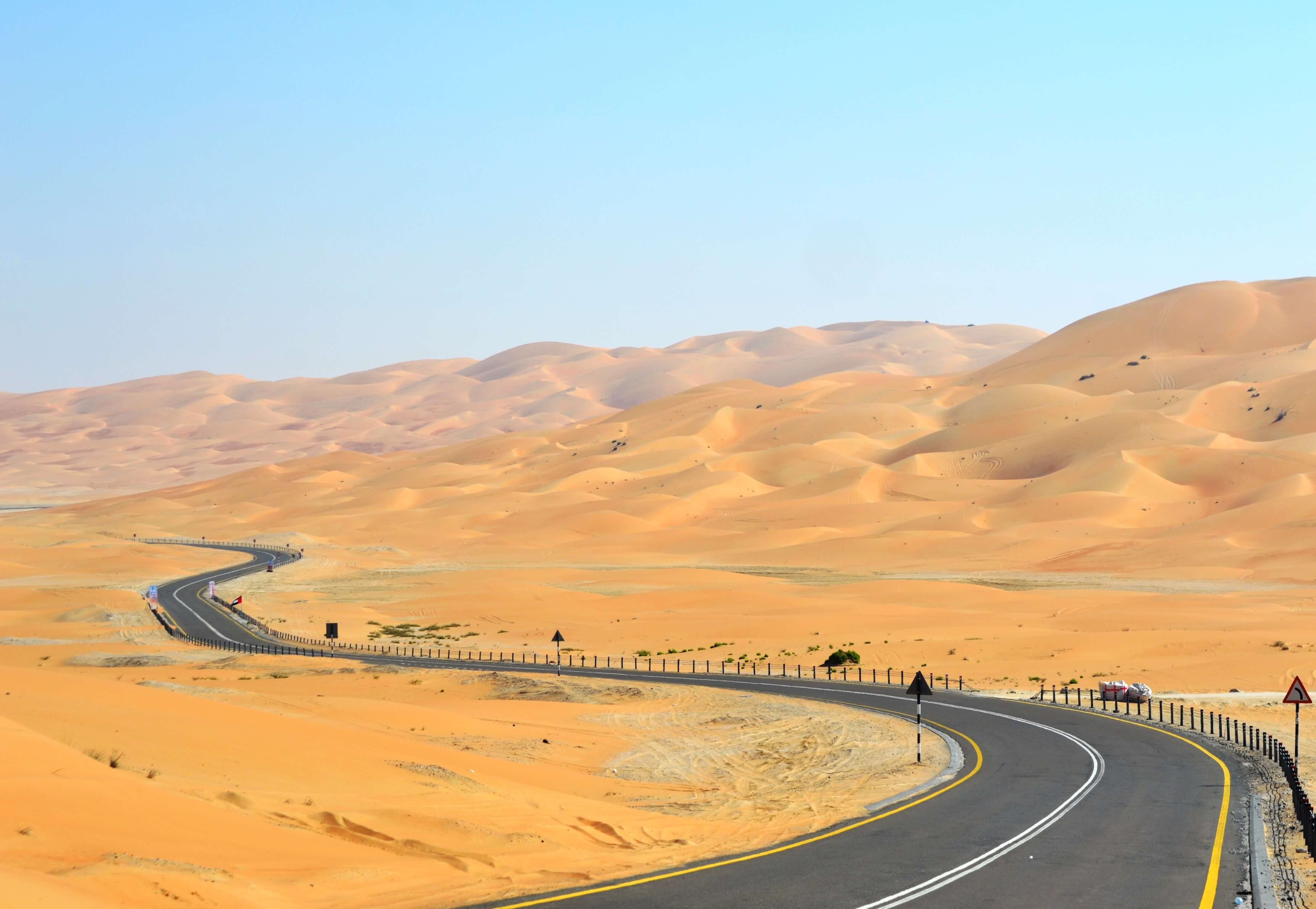
Friction is the number one source of foot-blistering heat.
Most of the naysayers that I talked to seemed to fear debris, but heat is the real enemy. Most of the heat builds from friction between your soles and the ground. Your feet tend to slip a little with each step, and that force on the skin causes heat to build up and that means blisters will form. Blisters will temporarily protect deeper skin, but they’re bad for your long term natural running plans because they mean that your skin is thinner under the blister after it bursts. Since they usually form right at a points on your foot that get a lot of wear, blisters mandate a break.
Friction drove one of the biggest habit changes for me. I needed to break the habit of putting too much backward pressure on my feet with each stride. That slip massively increases the blister-causing friction. Once I felt this, I had to start being careful how my feet were interacting with the ground. This never became fully ingrained for me, but I did improve a lot. It led to an amazing sense of what was happening moment-by-moment while I ran.
Hot sidewalks don’t help.
In the last post, I mentioned the book The Barefoot Running Book by Jason Robillard. Robillard says that running on hot ground causes blisters faster. I took him at his word and avoided hot sidewalks. Hot surfaces also feel uncomfortable before they hurt your feet, so this problem takes care of itself. One way to avoid hot surfaces is to run in the morning.
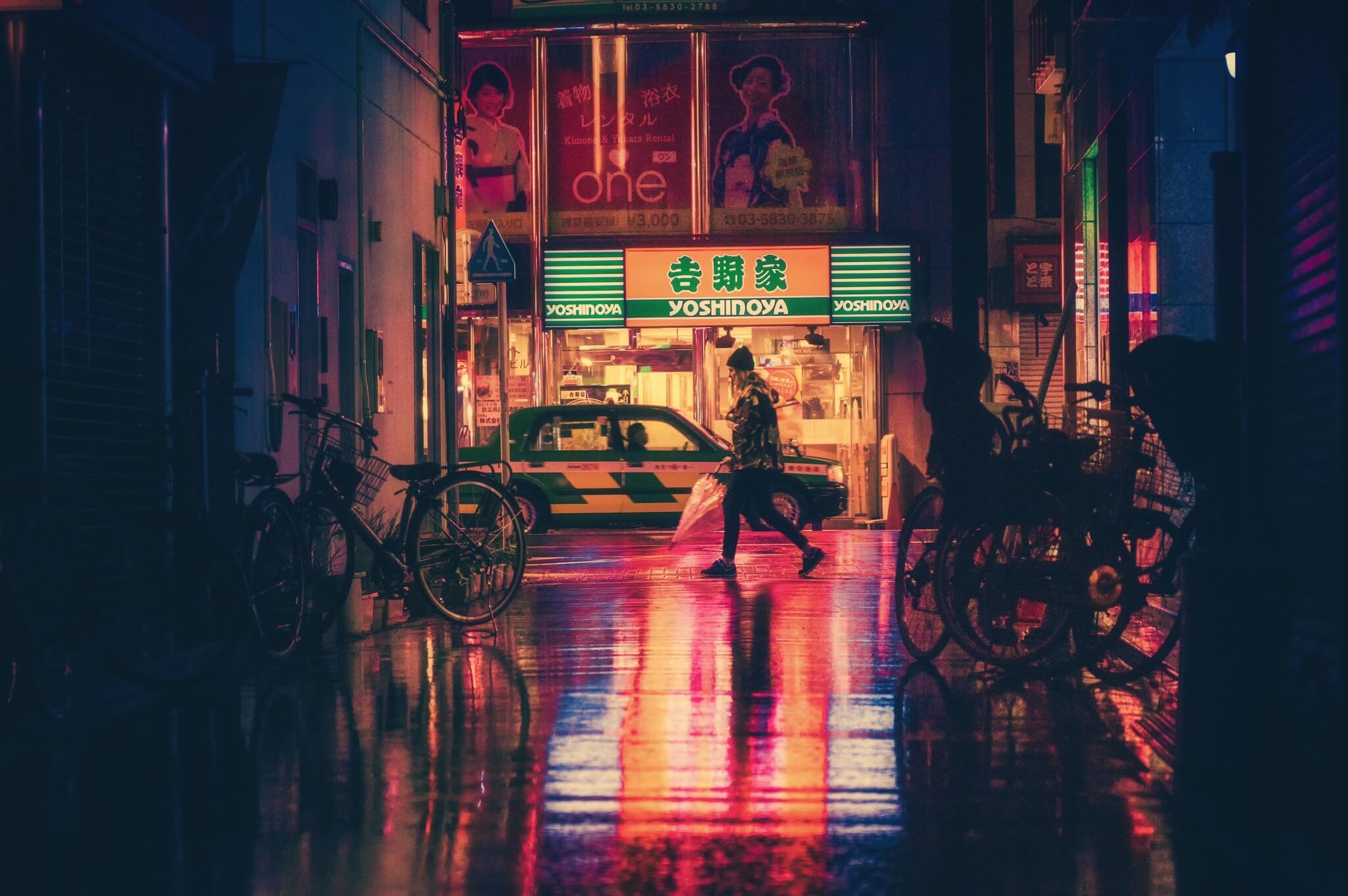
Beware wet surfaces too.
He also mentions the problem of wet surfaces. They also cause more blisters… so a wet track was not the best introduction to barefoot. Dew make a surface too wet for extended barefoot running, and it feels wonderful on your feet at first, so morning runners be careful!
Read also about barefoot running sandals.
You need not lacerate your feet.
This topic might sound scary, but the majority of the hazards are similar to trail running. You need to watch surfaces and be aware of your surroundings. I never suffered a cut or puncture wound bad enough to draw blood — even a pinpick’s worth. I’m sure a careless barefoot runner could step on glass or some other sharp object. Fortunately, barefoot running made this level of carelessness almost impossible for me.
Shoes don’t protect you from everything.
In my area there are several bushes or small trees that produce thorns about two inches long. I once nearly punctured the bottom of my foot through the thick heel of conventional running shoes. Because I had shoes on, it never crossed my mind.
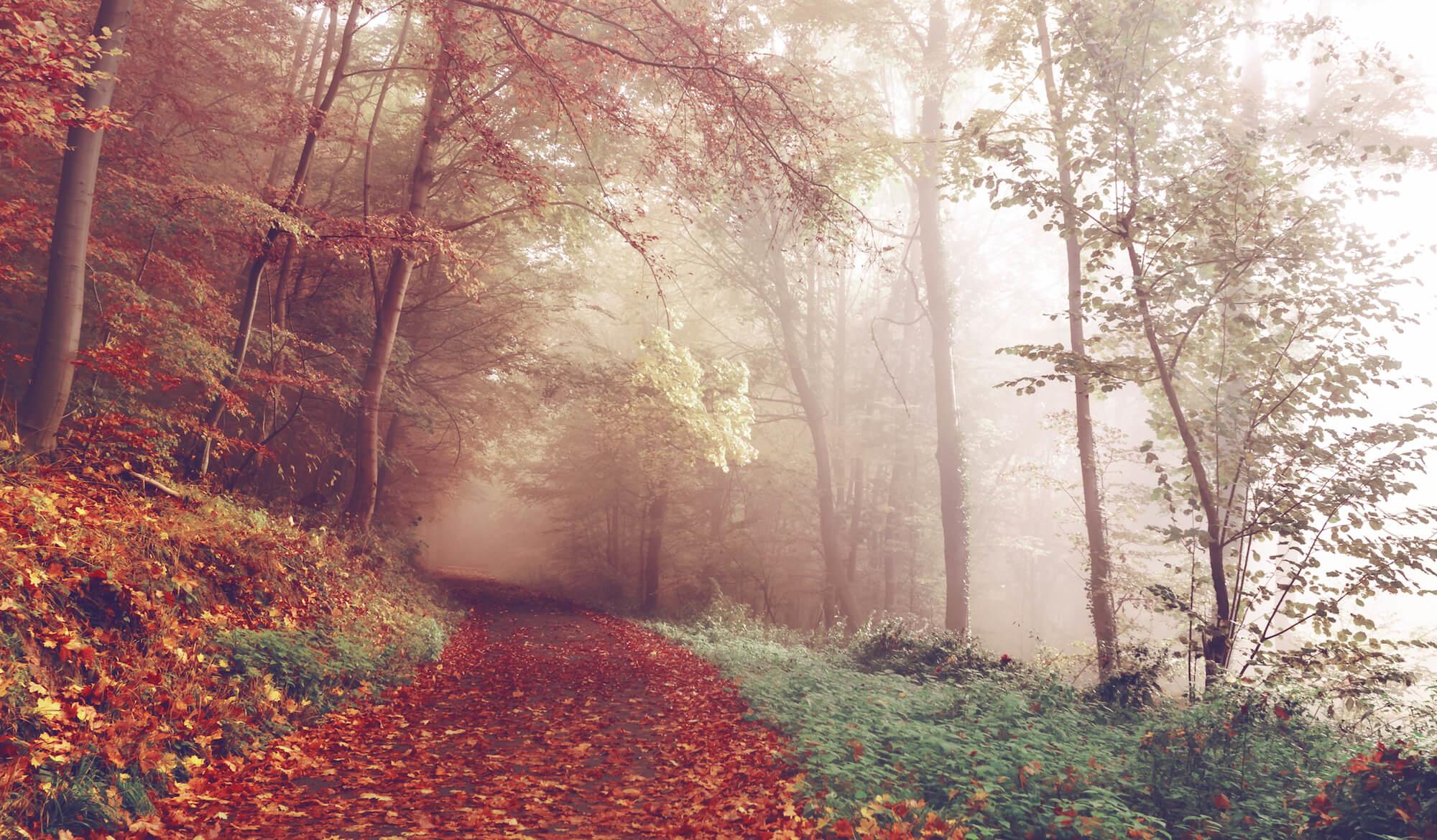
Be aware of potential hidden hazards
Remember that you can’t always take a surface at face value. Fallen leaves could have sticks, thorns, glass, acorns, or rocks underneath. Longer grass can easily hide a hole or other hazard. Even hidden dog poo would kill the runner’s high.
Your mind is your first and best defense.
Without shoes, your mind just becomes much more focused on the ground ahead and immediately under your feet. Your feet also have reflexes that help you avoid letting things poke them.
You learn to avoid obstacles on the ground naturally.
As I mentioned, I needed to make a turn down an alley with broken glass. The glass was fairly scattered, and I had some experience. I ran right through it without ever putting my foot down close to any pieces. The heightened awareness and habits already in forming just handled it. I didn’t think about the glass until I was striding out the other side.
I couldn’t avoid all obstacles though. Of these, the most common and annoying is a scattering of rocks on concrete or hard ground that are too close together to avoide and far enough apart that you only step on one or two at a time. A single, well camoflaged rock is almost worse. Acorns are also surprisingly uncomfortable. A gravel trail is less painful because the large number of little points distribute the pressure on the plantar surface of your foot. I know because I ran on one… always a little gingerly, but without incident.
This sounds obvious, but it is worth mentioning. I had to give myself permission to just stop and assess when I came to something my feet couldn’t take. Hard as it can be to stop once you hit your stride and start enjoying the natural flow of a barefoot run, it can save your feet. Usually all that I needed to do was cross the street.
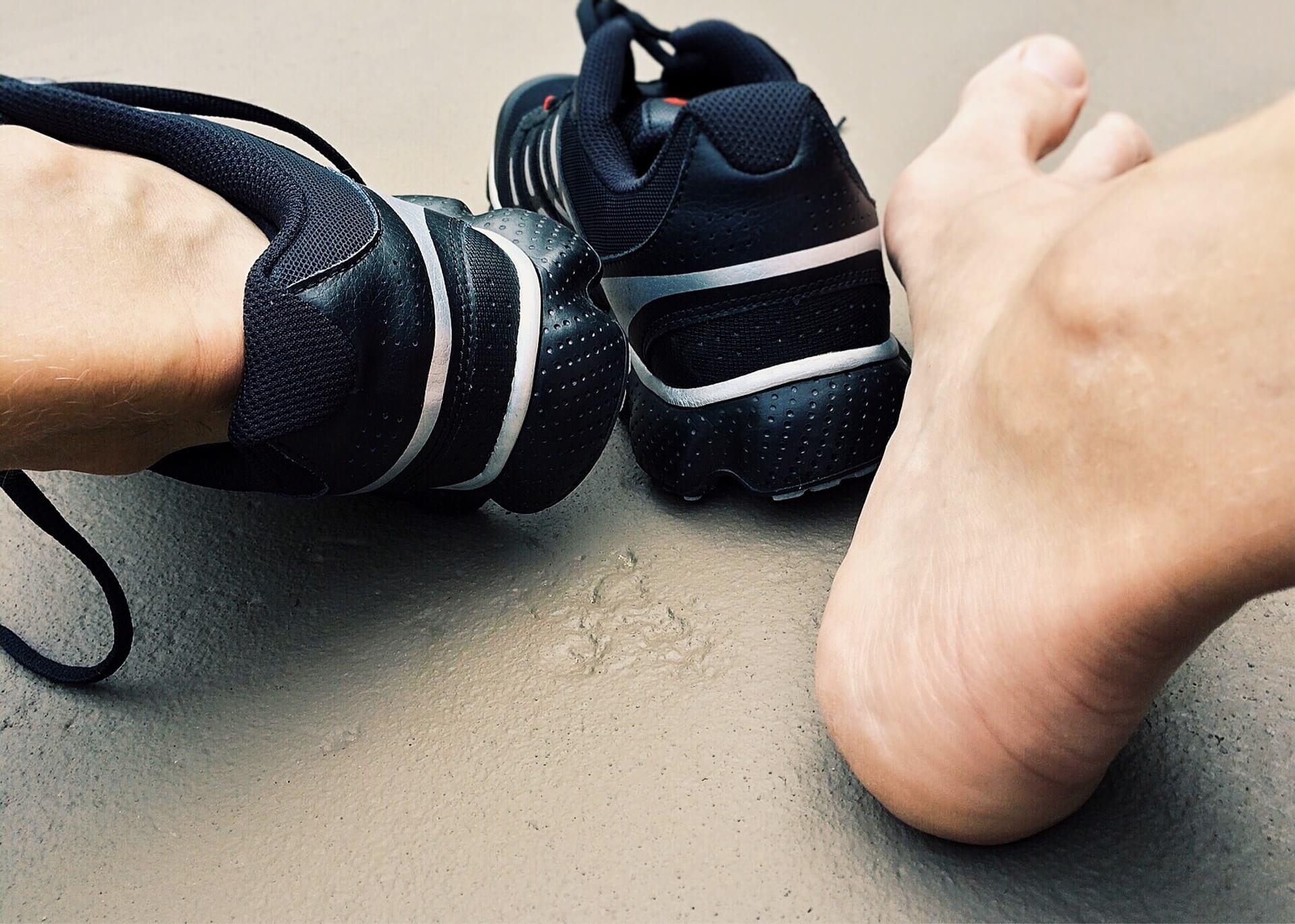
You will have heightened awareness of your body and your environment.
Natural running is a lot like trail running in that you have to put your feet down with a little more care. You start to naturally sense what the ground is like, what your body is doing, and where you should step.
Barefoot running, at least for me, is a great exercise in mindfulness. It taught me a lot about my stride, and I gained an awareness of myself and my surroundings that still serves me every time I head out the door. Shod or unshod.
Latest Articles
 Is Running on a Treadmill Easier Than Running Outside?Runners have their own preferences, whether it is treadmill running, running outside on the road, or exploring trails. So...
Is Running on a Treadmill Easier Than Running Outside?Runners have their own preferences, whether it is treadmill running, running outside on the road, or exploring trails. So... Is It OK to Use Trail Running Shoes on the Road?While trail running shoes can be used on roads, especially in situations where a runner encounters mixed terrains or pref...
Is It OK to Use Trail Running Shoes on the Road?While trail running shoes can be used on roads, especially in situations where a runner encounters mixed terrains or pref... How to Fix Sore Quads After Running?Rest, ice, gentle stretching, and over-the-counter pain relievers can help soothe sore quads after running. Also, ensure ...
How to Fix Sore Quads After Running?Rest, ice, gentle stretching, and over-the-counter pain relievers can help soothe sore quads after running. Also, ensure ... 10 Fruits With The Most Electrolytes to Replace Sports DrinksThese fruits are high in electrolytes such as potassium, magnesium, and calcium, essential for hydration, muscle function...
10 Fruits With The Most Electrolytes to Replace Sports DrinksThese fruits are high in electrolytes such as potassium, magnesium, and calcium, essential for hydration, muscle function...

